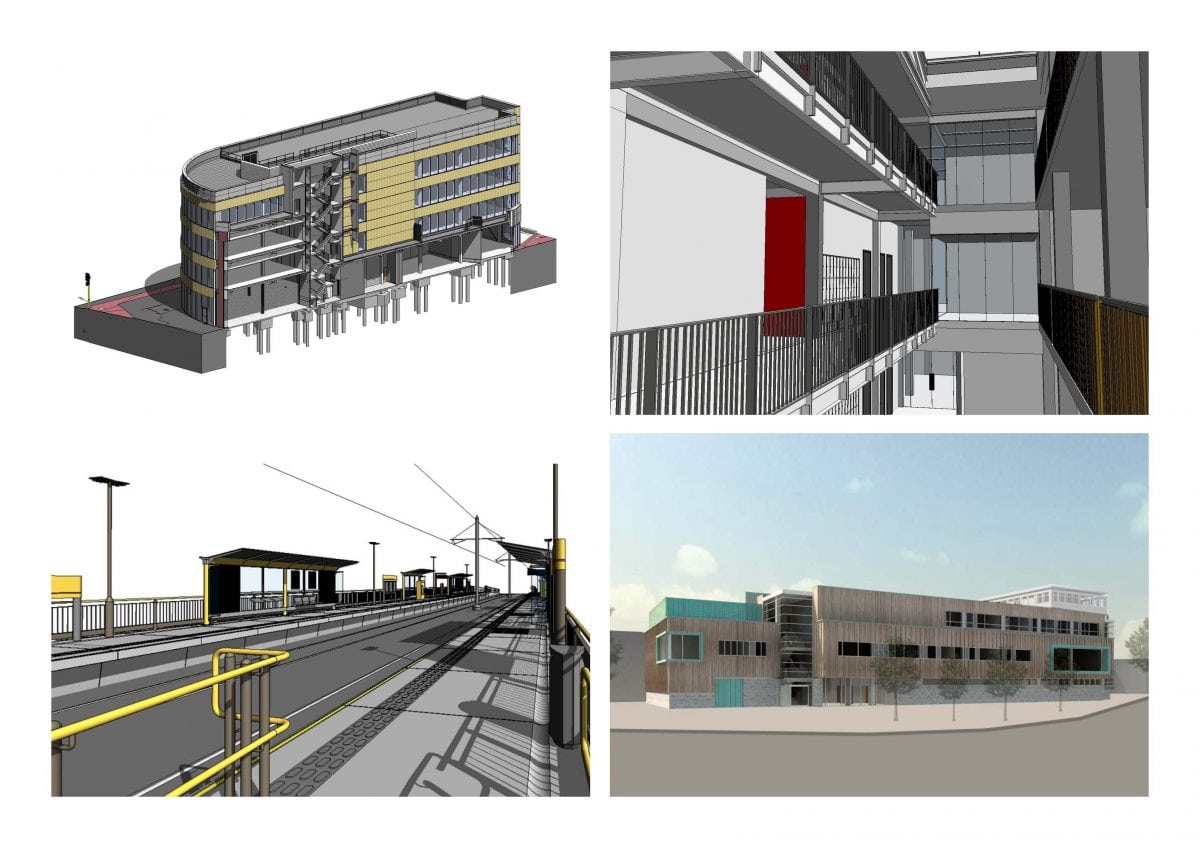Are you prepared for the new digital construction era?
There’s an unstoppable digital revolution sweeping across the construction industry but how many of us are ready to ride the wave?
In just over two months (4th April), all parties involved in Government projects with a value of £6m and over, from architects, surveyors and construction companies through to manufacturers, will need to be Building Information Modelling (BIM) Level 2 compliant at minimum.
From then it’s only a matter of time before this exciting new technology is mandated at local government level and more early adopters from the private sector begin to short-list only BIM ready partners.
So what is BIM?
A cutting edge process of 3D and digital modelling, BIM sits at the heart of Westminster’s Construction Strategy, which launched in May 2011. It will play a key role in achieving the Government’s aim of reducing the capital cost and carbon burden from the construction and operation of the built environment by a weighty 20%.
As a wholly new way of thinking about, and more importantly driving, the building design and procurement process, BIM brings together every component of a building in one place and to scale in a shareable pool of project and asset information.
In so doing, it enables all those who interact with a building through its lifecycle, from designers to end user, to access and integrate different aspects of design more effectively, whether spaces, systems, people or products. The end game is, of course, to drive down potential errors through all stages and drive up cost efficiencies and carbon performance.
BIM is a far more in-depth modelling than Computer-Aided Design (CAD). By incorporating smaller design and build components and complexities, it delivers a higher rate of clash detection.
So far so good. BIM has to be a truly collaborative process though to work. All parties need to take responsibility for their place in this holistic process, working to the same standards and inputting accurate intelligent data supported by external data backing up what is seen on the monitor. Integrity is king.
Soon we will all be as one, able to communicate and exchange data fluidly and without conflicts. Well perhaps in a data utopia. We’re still far from this state now. That might be another digital revolution down the line or, quite possibly, we will never fully achieve it.
What we do need to do now is make every effort to strive for the best that can be achieved within reasonable expectations and capabilities.
Austin-Smith:Lord was an early adopter of CAD in the 1980s. Over the past two years, we’ve been completing projects at BIM Level 2 applying it to successfully masterplan the new Manchester city centre to Trafford centre Metrolink route for example.
We’re ahead of the curve in already being compliant simply because we recognised not just the potential of BIM but because adopting a sweeping new technology like this costs time and money and takes work.
By sharing best practice and problem solving with peers, we’ve been steadily working through the inevitable teething problems with others, introducing it within our own commissions and providing consultancy for other employers moving into BIM.
Heralding “a new digital construction era” in 2011, then Cabinet Minister Francis Maude said BIM will fundamentally “change the dynamics and behaviours of the construction supply chain”. BIM is now here. It’s not a case of if but when you get onboard.
Ed Harrison is Austin-Smith:Lord’s BIM Manager
Contact Ed at ed.harrison@austinsmithlord.com
